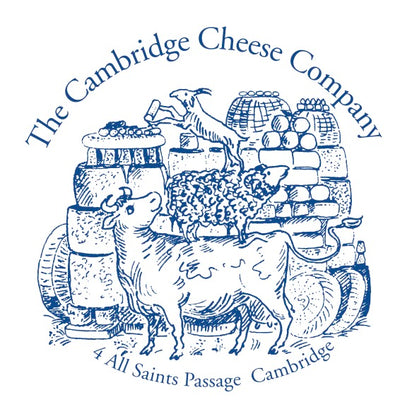Bethmale comes from the Ariège region of France, close to the border of Spain, in the Pyrénées. It is named after the village and valley in which it was created and is made today. Bethmale has a long history and was supposedly a favourite cheese of Louis VI’s in the 12th Century.
This particular cheese is produced by Jean Faup, a fifth generation family business focused on bringing back traditional but discontinued cheeses from the region. For their first ~60 years of business, starting in 1904, Jean Faup exclusively made Camembert and sold them to the French in North Africa, but after Algeria became independent in 1962, the creamery had to target a new market and reinvent themselves, so set to bringing back lost favourites from the region.
This goat’s milk Bethmale was created in 1988, its sister cheese having been made with cow’s milk for many centuries before. The Bethmale are matured in caves like Tomme de Savoie cheeses and will have a mottled white and orange rind when they’re ready to eat.
The goats live on lush, green valleys, entwined with winding rivers and streams, the pastures dotted with crumbly stone shepherd’s huts. They graze on untouched grasses, plants, herbs and flowers on the steep valleys and have ample space to roam. The carbon footprint of free range goats is significantly lower than their barn kept counterparts as food doesn’t need to be grown for them elsewhere, so there are very few, if any, food miles involved in their feeding.
